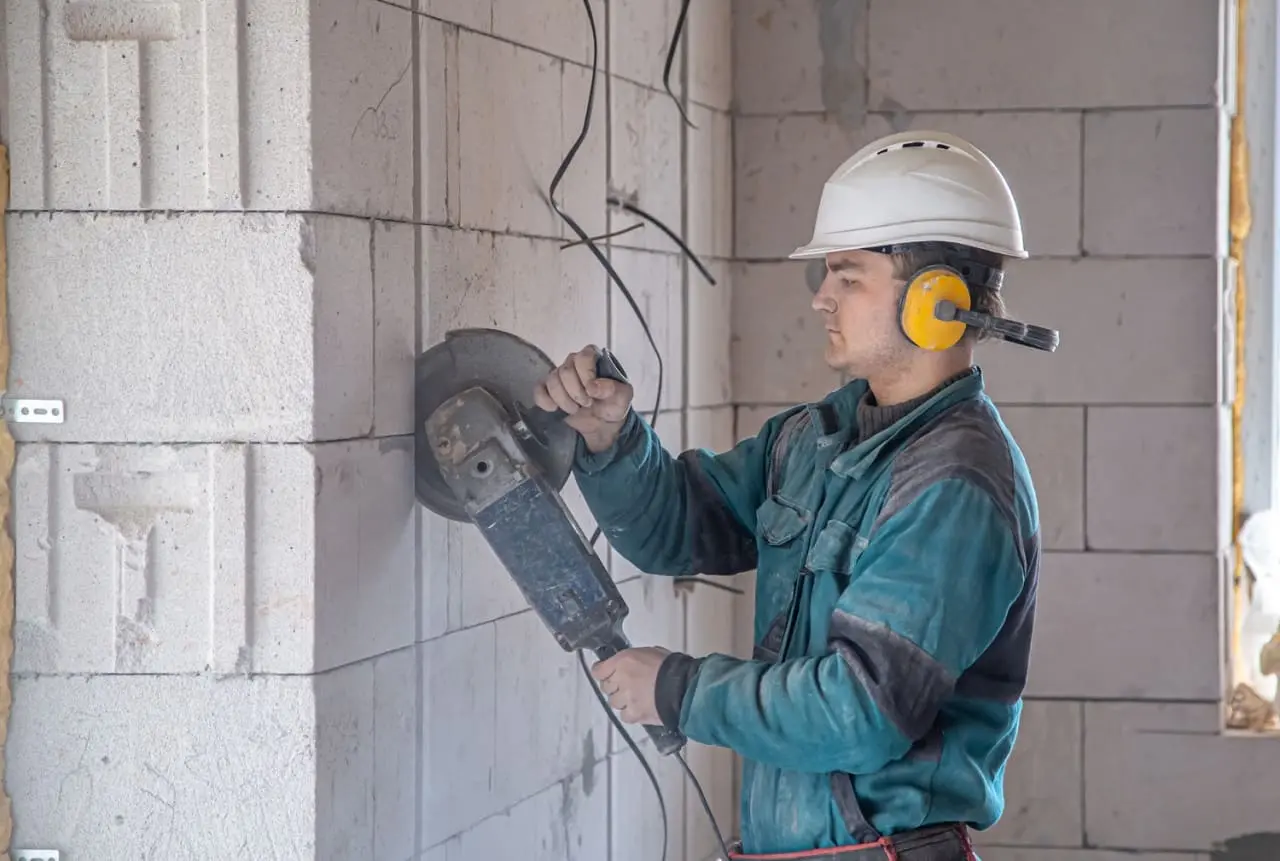Choosing the Right Protective Gear for Construction Sites
Construction sites are busy, bustling environments filled with potential hazards. Hazardous materials, falling items, and large machinery pose threats to workers. To ensure safety, wearing the right protective gear is crucial. This article will guide you through selecting the best protective gear for construction sites, ensuring that you keep yourself and your team safe while on the job.
Understanding the Importance of Protective Gear
Protective gear, also known as personal protective equipment (PPE), serves as the first line of defense against workplace injuries. Its primary goal is to minimize exposure to various risks that construction workers face daily. By wearing the appropriate gear, workers can significantly reduce the likelihood of injuries, which in turn leads to a safer work environment and enhanced productivity.
Types of Protective Gear
There are several types of protective gear designed for construction sites. Each type addresses specific risks, making it essential to understand what you need. Below is a summary of the main categories:
Head Protection
- Hard Hats: These are vital for protecting against head injuries caused by falling objects or bumps. Make sure the hard hat fits well and complies with safety regulations. Look for features like adjustable straps and ventilation holes for comfort.
Eye and Face Protection
- Safety Goggles: Protect your eyes from dust, debris, and hazardous chemicals. Choose goggles that fit snugly and provide a clear view.
- Face Shields: These offer additional protection for the face against flying debris or chemical splashes.
Hearing Protection
- Earplugs or Earmuffs: Construction sites can be noisy, leading to potential hearing loss. Use earplugs or earmuffs to block harmful noise levels, especially when operating heavy machinery.
Respiratory Protection
- Dust Masks and Respirators: Depending on the materials you work with, respiratory protection may be necessary. Dust masks are suitable for simple dust, while respirators protect against harmful fumes and chemicals.
Hand Protection
- Gloves: Choose gloves based on the tasks at hand. Cut-resistant gloves are essential for handling sharp materials, while insulated gloves protect against electrical hazards.
Foot Protection
- Safety Boots: Steel-toed boots protect against heavy objects and provide slip resistance. Look for boots with good ankle support and comfortable insoles.
High-Visibility Clothing
- Reflective Vests: In low-light conditions, wearing high-visibility clothing is crucial. Reflective vests help ensure that workers are easily seen by others, particularly around vehicles and machinery.
Assessing Risks on the Construction Site
Before selecting protective gear, assess the specific risks present at your construction site. Here’s how to evaluate the hazards:
- Identify Potential Hazards: Walk around the site and note any risks, such as falling objects, electrical hazards, or chemical exposure.
- Consult Safety Regulations: Familiarize yourself with local safety regulations and standards. These guidelines often outline the necessary protective gear for various tasks.
- Engage with Workers: Talk to your team about their experiences and concerns regarding safety. Workers can provide valuable insights into potential hazards.
- Conduct a Risk Assessment: Create a detailed risk assessment report. This document should outline the hazards, the likelihood of incidents, and the appropriate protective gear for each risk.
Choosing the Right Gear
After assessing the risks, it’s time to choose the right protective gear. Here are some key considerations:
- Quality and Standards: Always select gear that meets safety standards set by organizations like the Occupational Safety and Health Administration (OSHA) or the American National Standards Institute (ANSI). High-quality gear may cost more upfront but can save money in the long run by reducing the risk of injuries.
- Comfort and Fit: Protective gear must fit well to be effective. Ill-fitting equipment can lead to discomfort and reduce the likelihood of workers wearing it consistently. When purchasing gear, ensure workers can move freely and comfortably.
- Environment-Specific Gear: Depending on your construction site’s environment, you may need specialized gear. For instance, if you’re working in a hot climate, choose lightweight, breathable materials. Conversely, in cold conditions, opt for insulated gear to keep warm.
- Multi-Function Gear: Look for gear that offers multiple protections. For example, a hard hat with an attached face shield provides head and face protection in one piece of equipment, increasing convenience and comfort.
- Regular Inspections: Conduct regular inspections of protective gear. Check for signs of wear and tear, and replace any damaged items immediately. This practice ensures that workers are always equipped with reliable protection.

Buy Power Tools Online at Safatco Trading
Choosing the right protective gear for construction sites is not just a matter of compliance; it’s a crucial part of ensuring the safety and well-being of workers. By understanding the types of protective gear available, assessing site-specific risks, and investing in quality equipment, you can create a safer work environment. Remember, training and continuous engagement with your team are vital to maintaining a culture of safety. Prioritize protective gear, and you’ll help prevent injuries, enhance productivity, and promote a safe working environment for everyone involved in the construction process.







